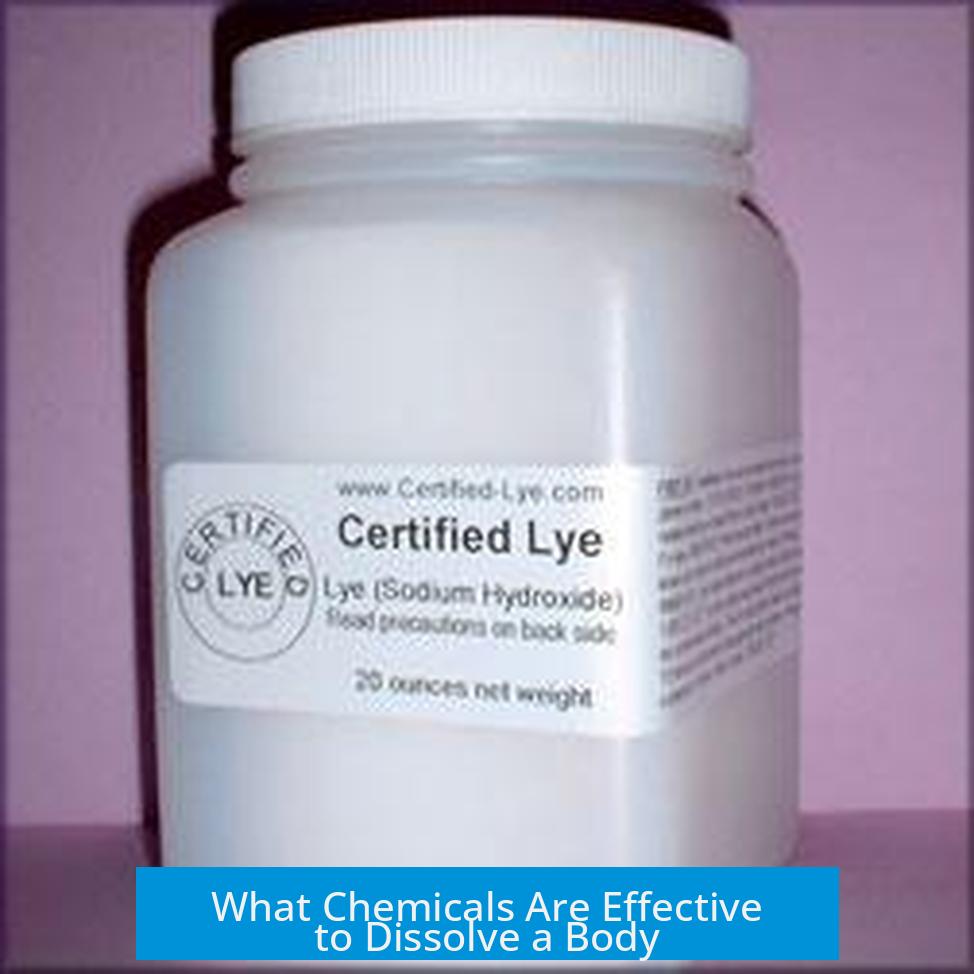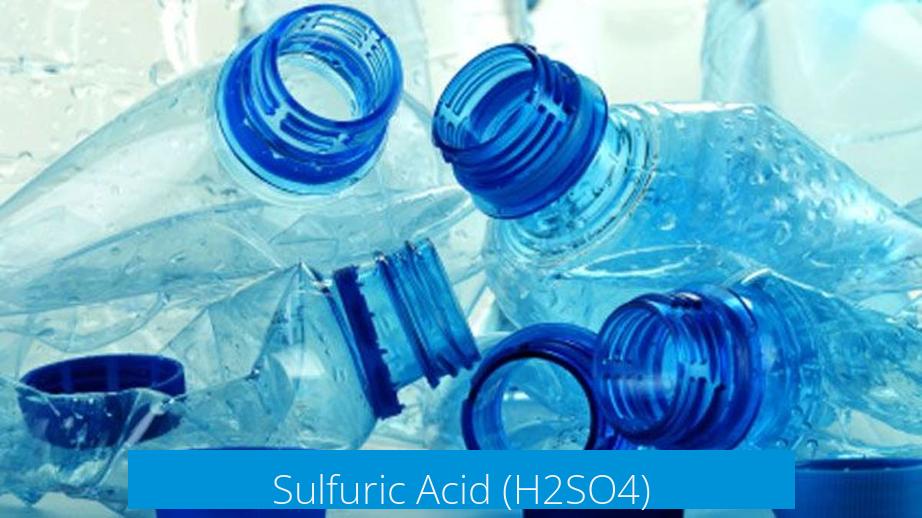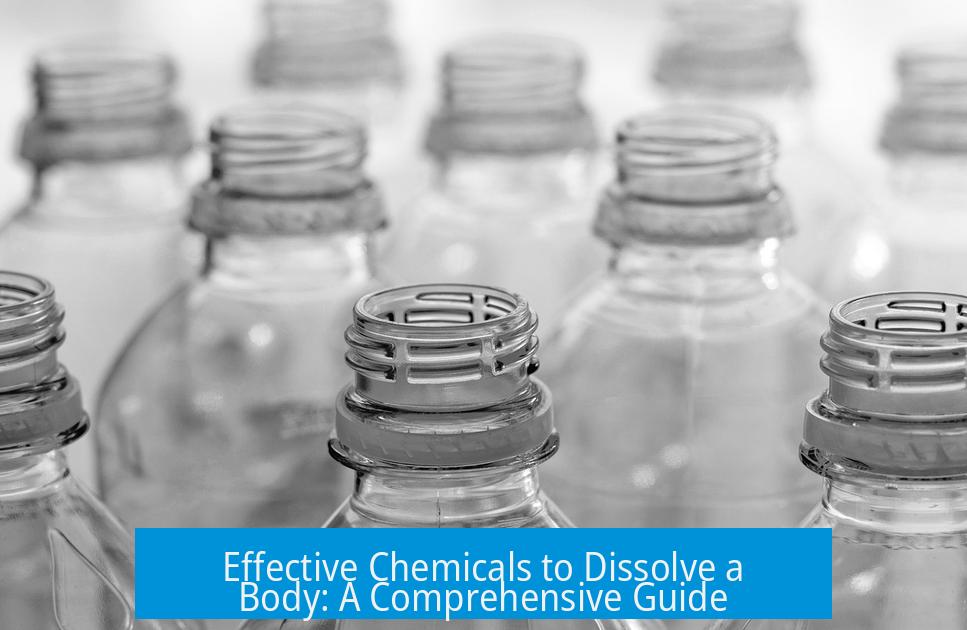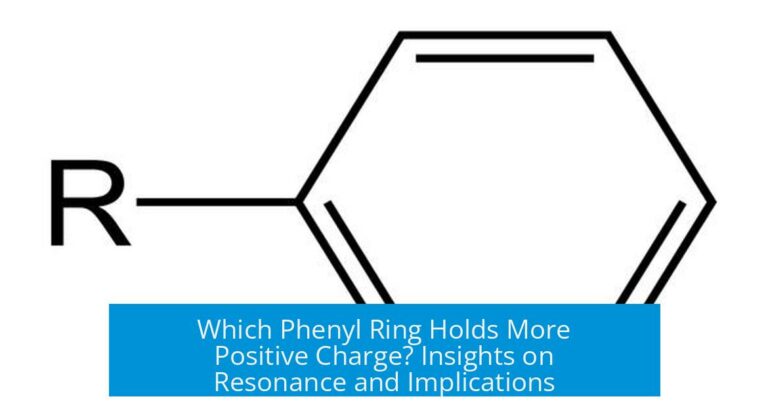What Chemicals Are Effective to Dissolve a Body?

Chemicals like piranha solution, hydrofluoric acid, sulfuric acid, hydrochloric acid, aqua regia, sodium hydroxide, and salt solutions can dissolve human tissue and bones to varying degrees, depending on their chemical properties and application methods. Each chemical has specific strengths and limitations, and practical use of these substances involves serious hazards and large volumes.
Piranha Solution
Piranha solution is a potent oxidizing mixture, typically composed of concentrated sulfuric acid (H2SO4) and hydrogen peroxide (H2O2). It oxidizes organic materials, converting them primarily to carbon dioxide.
- It can dissolve most organic, carbon-based materials including soft tissue, bones, and hair.
- Complete dissolution often requires breaking the bones and removing blood in advance to speed up the reaction.
- This solution is highly reactive, flammable, and poses explosion risks if mishandled.
- After use, it leaves a strong, unpleasant odor.
While very effective, piranha solution demands caution due to its corrosivity and instability, requiring rigorous safety protocols.
Hydrofluoric Acid (HF)
Hydrofluoric acid targets calcium-based materials such as bones and teeth. It is especially effective at dissolving the inorganic mineral components of skeletal remains.
- HF dissolves hard parts that many other acids cannot easily penetrate.
- It is highly hazardous, capable of severe chemical burns, and requires handling expertise.
- Popular culture, such as the series “Breaking Bad,” has depicted its use for body disposal, reflecting some real-life cases.
- Its effectiveness is limited mainly to mineralized tissues, rather than soft flesh.
Sulfuric Acid (H2SO4)

Concentrated sulfuric acid is a strong dehydrating and corrosive agent effective for dissolving soft tissues.
- It breaks down cellular proteins and other organic compounds.
- Concentrated form acts rapidly and can reduce tissue to simpler compounds.
- It typically does not completely dissolve bones alone.
- Its corrosive nature makes handling dangerous without protective equipment.
Concentrated Hydrochloric Acid (HCl)
Hydrochloric acid is commonly used to dissolve residual bone fragments or hard tissues following partial dissolution with other agents.
- It is effective at removing leftover mineralized material.
- Used as a secondary agent after initial soft tissue removal.
- Commonly employed in laboratories for decalcification of samples.
Aqua Regia
Aqua regia, a mixture of nitric acid and hydrochloric acid, is capable of dissolving precious metals such as gold or implants.
- This solution is included when implants like dental caps must be dissolved.
- Acts as a finishing agent to ensure no metallic traces remain.
- Highly corrosive and toxic, requiring strict safety measures.
Sodium Hydroxide (Lye, NaOH)
Sodium hydroxide is a strong base capable of breaking down organic material through alkaline hydrolysis.
- It efficiently dissolves flesh but does not fully dissolve bones without further mechanical processing.
- Boiling solutions of NaOH accelerate decomposition.
- It is less corrosive to metals compared to strong acids, enabling use in metal containers.
- More accessible and affordable than strong acids due to its widespread industrial and household use.
- Criminal cases have documented bodies dissolved in lye drums, requiring grinding or pounding of bones afterward.
Salt Solution (Molten Salt Mixed with Water)
An unconventional method involves heating pure salt (likely sodium chloride) to a molten state and mixing it with water before applying it to the body.
- Claims suggest it dissolves soft tissue and bones in minutes.
- Scientific verification of this method is limited, and its practicality remains questionable.
Practical Considerations and Challenges
Dissolving an entire human body chemically is resource-intensive and dangerous. Key obstacles include:
- The large volume of chemicals required for an 80 kg human body is substantial.
- Strong acids such as sulfuric acid and hydrofluoric acid require careful handling due to toxicity and corrosivity.
- Controlling odors and toxic fumes is difficult during and after dissolution.
- Obtaining such chemicals legally is heavily regulated.
- Pre-treatment such as breaking bones and removing blood improves chemical penetration.
- Alternatives like burial, animal scavenging (pigs or hyenas), cremation, or mechanical destruction (wood chipper) often prove more practical.
- Even laundry detergent, a much less aggressive chemical, can dissolve organic tissue given sufficient time, highlighting accessibility but lower efficiency.
Summary Table of Chemicals for Body Dissolution
| Chemical | Target Material | Effectiveness | Notes |
|---|---|---|---|
| Piranha Solution | Soft tissue, bone, hair | Very effective; oxidizes organic carbon | Highly reactive, danger of explosions, leaves odor |
| Hydrofluoric Acid (HF) | Bones, teeth | Dissolves mineralized tissues well | Extremely hazardous, requires expertise |
| Sulfuric Acid (H2SO4) | Soft tissue | Strongly corrosive, good for flesh | Not effective alone on bones |
| Hydrochloric Acid (HCl) | Bone remnants | Dissolves bone fragments | Used after tissue removal |
| Aqua Regia | Gold, implants | Dissolves precious metals | Highly corrosive; finishing step |
| Sodium Hydroxide (NaOH) | Flesh | Dissolves soft tissue efficiently | Bones require mechanical treatment; easier access |
| Salt Solution | Soft tissue and bone (claimed) | Quick dissolution (unverified) | Unconventional; lacks strong scientific support |
Key Takeaways
- Complete body dissolution requires a combination of chemicals targeting both soft tissue and bones.
- Piranha solution is the most comprehensive chemical for organic material but comes with high hazards.
- Hydrofluoric acid uniquely dissolves bones efficiently but is extremely dangerous.
- Sodium hydroxide offers a more accessible option for flesh decomposition but needs supplementary bone processing.
- Aqua regia is necessary to remove metal implants fully.
- Practicality limits chemical dissolution of bodies; mechanical and biological methods remain common alternatives.
What is piranha solution and how effective is it at dissolving a body?
Piranha solution is a mix of sulfuric acid and hydrogen peroxide. It dissolves most organic matter, including flesh, bones, and hair. It requires pre-treatment like bone breaking and blood removal for faster results.
Can hydrofluoric acid dissolve bones completely?
Hydrofluoric acid is strong against calcium-based materials like bones and teeth. It does not dissolve soft tissue well but is effective for hard parts. It is highly dangerous to handle.
How does sodium hydroxide work in dissolving bodies?
Sodium hydroxide (lye) dissolves flesh efficiently but leaves bones intact. Bones must be ground or crushed afterward. It is easier to obtain and less corrosive on metal containers than strong acids.
What role does hydrochloric acid play in body dissolution?
Concentrated hydrochloric acid is used to dissolve leftover bones after tissues are removed. It helps clean residual bone fragments after initial acid treatments.
Are there chemicals to dissolve metal implants in bodies?
Aqua regia, a mix of acids, can dissolve gold or precious metal implants like dental caps. It is used as a final step to remove metal traces after organic matter is dissolved.
Is dissolving a whole body with chemicals practical for most people?
It requires large chemical volumes and handling risks. Alternatives like burial, scavengers, or cremation are more practical. Household detergents dissolve bodies slowly but are far less effective.





Leave a Comment